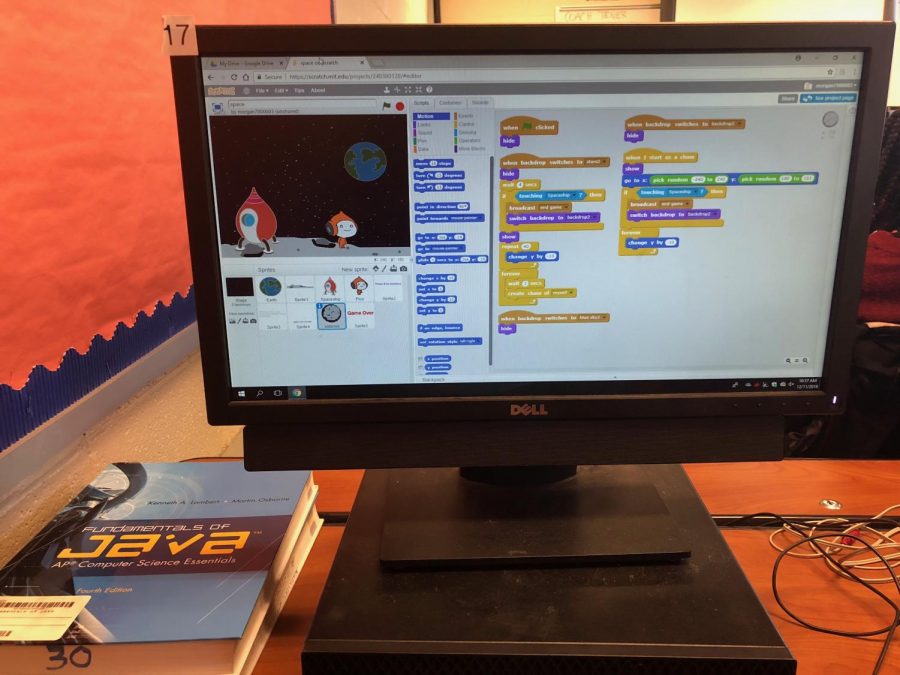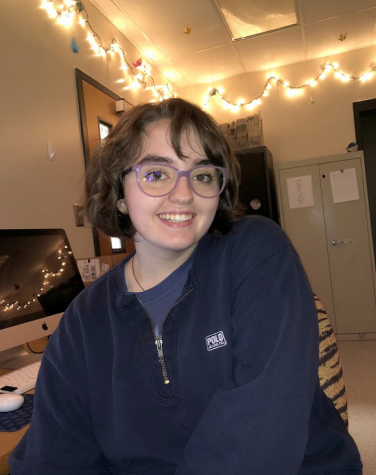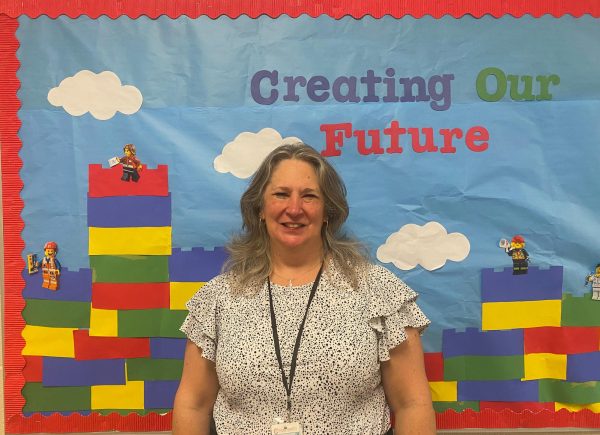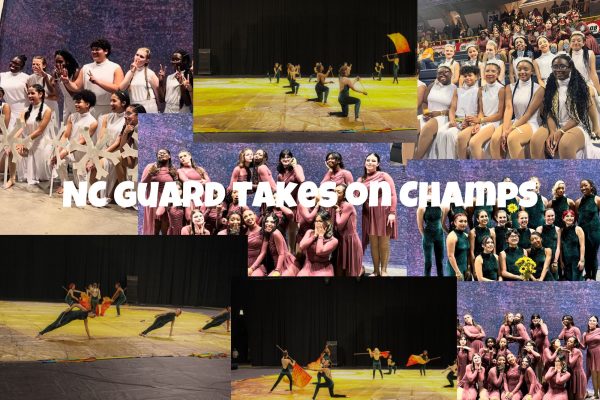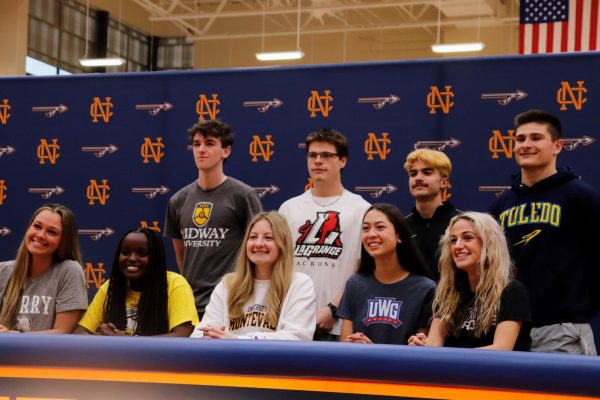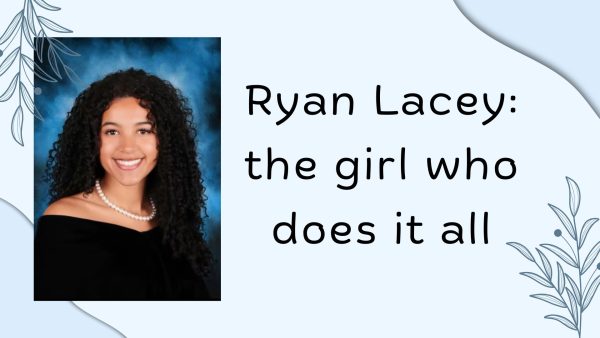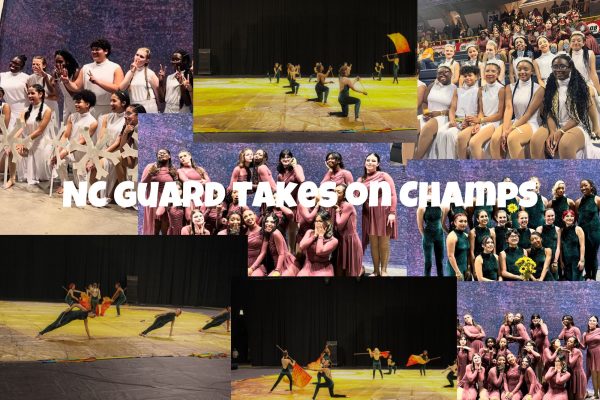In the beginning, there was coding
December 13, 2018
With the expansion of technology and the emergence of new tech related jobs, computer science becomes an integral skill in the workforce. Basic knowledge of computers allows students to understand the systems they use everyday. Whether expected or not, almost everyone ends up using computer science.
“Initially, I wasn’t involved in computer science. I was thinking as far as the future and technology—where everything is going, and the trend of everything [becoming] software driven or program related and [the start of] students needing to learn programming. It started to really interest me to get involved,” AP Computer Science teacher Matthew Tener said.
The tech industry, ever expanding, bleeds into almost every job in this modern age. By 2020, an estimated 2.3 billion jobs may emerge as a result of new technology and estimated industry growth, making educating this generation about the basics important.
“There are some jobs that don’t require programming, but I don’t know of any that don’t use [computer science] anymore, everybody uses some type of software,” Tener said.
With three major avenues, the computer-related courses diverge greatly. Computer Science Principles (CSP), taught by Tener, serves as an introductory course to Java—the widely used language of coding. Unlike the regular computer science class, AP CSP introduces the ground floor of the actual computers. Teaching the way computers connect to the Internet and exchange information, AP CSP helps build foundations in computer science for the inexperienced student. Separate from the AP side, the on-level CSP pathway focuses in on the profession, while also branching into specific areas such as marketing and design.
“Usually, more people who are interested in becoming a programmer or video game designer or something like that benefit from taking the pathway. People who complete the pathway are probably kids who are going to get into the software or programming business,” Tener said.
The other courses, however, remain available for those wishing to only dabble in the industry. AP Computer Science Principles, designed around an AP exam, utilizes the majority of the semester to help prepare for the written portion of the AP Exam—before the actual test in May—by submitting it ahead of time. This added help encourages students to learn about the back-end of their computers in a practical way that most students can understand with help from their teachers and useful sites like code.org.
“[Coding] is something everyone can do. A lot of people shy away from it just because they feel like it’s like an anomaly, they are afraid to get into it, like it’s too far out there,” Tener said.
Breaking down the typical industry walls, the newly expanded classes holds a record amount of females learning how to work and operate computers.
“This room has the most females I have ever taught, I have had several classes—my fourth period is nothing but guys—most classes have one or two females and that’s improving. There are a lot more females getting involved. That’s interesting because all the scientific research shows that females make better programmers than males, the way their brains operate makes females better apt to coding,” Tener said.
Watching the expansion of a once niche industry, the department excitedly hopes to see diversity and participation increase in classes. With the need for computer related knowledge expanding along with the potential of the industry, students would benefit from taking the class before they graduate and learning more about the technology they use everyday.




